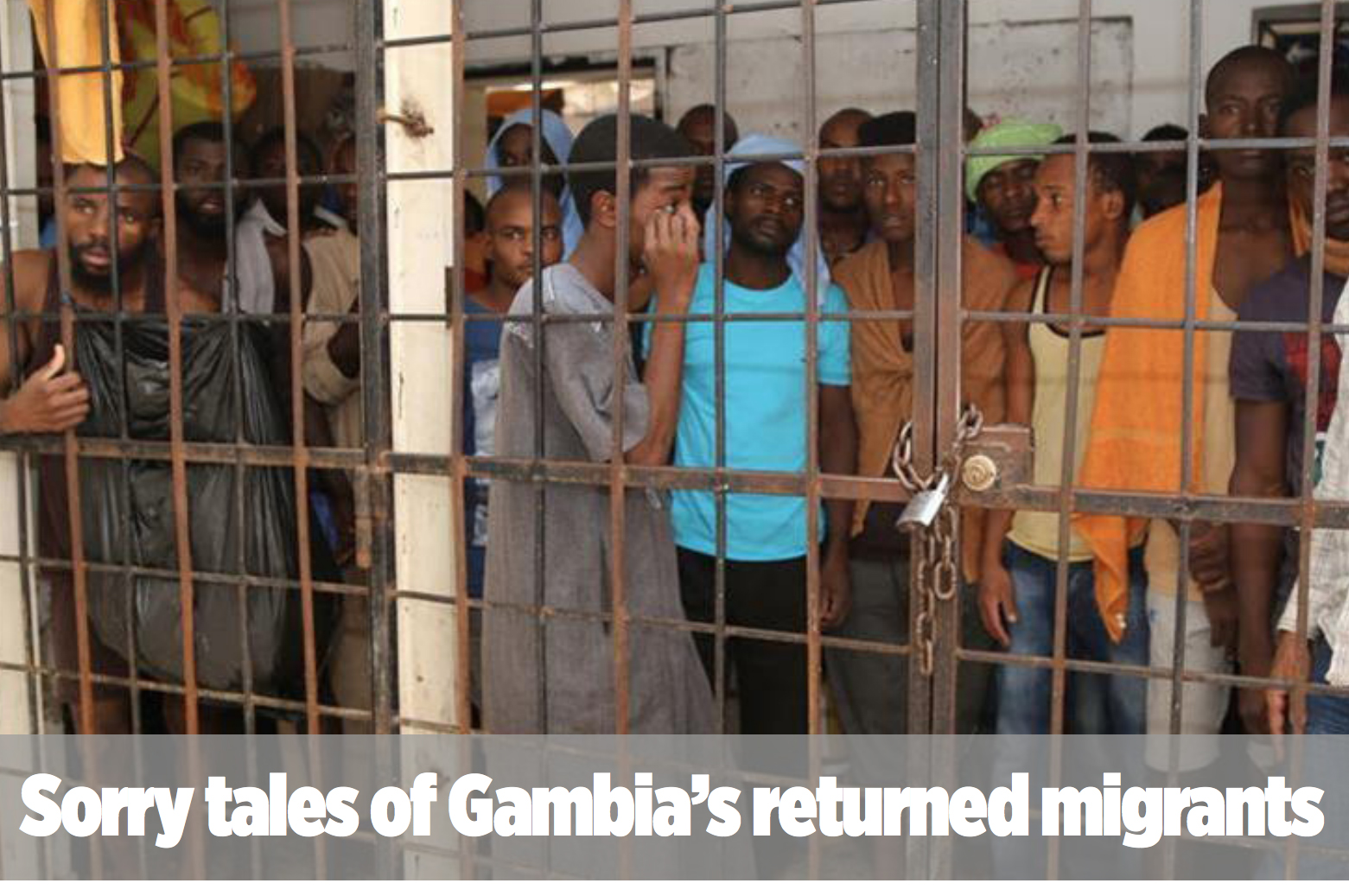ENGLISH
Sorry tales of Gambia's returned migrants
Those migrants returning from brutal conditions in Libya claim promises of help are not being kept
BANJUL, Gambia
Although it caused swift condemnation elsewhere in Africa and the world, the recent story of slave auctioning in Libya was received with particular fear in Gambia.
According to conservative estimates from the Gambian Association in Libya, there are about 2,600 Gambians in the North African country, 400 of whom are languishing in detention centers controlled by rebels and militiamen.
“There are Gambians who are being sold in Libya. We witness it all the time,” Edrisa Sarjo, the association’s secretary general told Anadolu Agency.
With youth unemployment at 38 percent and intense poverty, the drive for migration in Gambia is “hopelessness”, the executive director of the country’s National Youth Council, Lamin Darboe says.
“Most of the young people left this country because of hopelessness for the future, for economic reasons,” Darboe said. “They didn’t have hope that they can make it economically nor do they have hope that they can be safe the next day.”
According to statistics from the International Organization for Migration (IOM), Gambia is the second-highest source of migrants crossing the Mediterranean, second only to Nigeria in percentage terms.
Karamo Keita, a Gambian migrant who returned in April 2017 from Libya, says it is impossible to quantify the number of Gambians in detention centersacross troubled Libya.
He now serves as chair of Youths Against Irregular Migration, a recently formed association by returnees themselves to discourage others from venturing upon the same route.
“They are in the worst conditions. I can tell you there are no prisons in the world like those in Libya. There are repeated tortures, food deprivation and at times they shoot at prisoners and kill them,” he says.
Keita, who served three months in Saraziza prison in Tripoli with “lots of other Gambians”, says rebels shot and killed four of his compatriots who attempted to flee.
“People are in a bad situation in Libya. There are no words to describe their conditions. People are subjected to forced labor and never paid,” he says.
Desperate returnees
Since the change of regime in Gambia, about 1,400 migrants have returned. Darboe says migration has for the first time in many years showed a downward trend.
Resident in Brikama, Gambia’s second-biggest city, Sidat Sey is the only grown-up in his family, taking care of his single mother, two little brothers and a sister.
A tailor by profession, Sey left the country in April 2016 hoping to reach Italy but is now back nursing two gunshot wounds as another jobless Gambian youth.
“On March 25, the soldiers came and they were shooting randomly at our base at Girigaraz and I sustained a gunshot wound on my leg and stomach,” Sey recalls.
He was lucky the bullet passed through to the other side without causing any major injuries.
Sey says he was merely bandaged at a Libyan hospital before being evacuated to Gambia by the IOM in April 2017.
“The IOM promised they were going to help treat me but that promise was not kept. I have been paying my own medical bills, D150 (over €3) every five days,” he says.
Keita says most of the returnees are disappointed.
He left the country in April 2016 and came back in April 2017 in a batch of 196 migrants brought home by IOM.
Like all others, Keita says he has spent close to US$2,000 on his way to Tripoli.
“There are lots of us who are disappointed because we were told we were going to receive some monetary help to start some business. Some of us have lost the jobs we had before we left and also spent our entire savings,” Keita says.
Lamin Ndow, another migrant who returned in beginning of 2016, a native of Salikenni in the North Bank Region of Gambia, says they were told they would be assisted but “it never happened”.
Security risk
Despite returning, the frustration and the sense of rejection is still prevalent among young people who feel betrayed by the government and IOM.
About three weeks ago, over 15 young men stormed an IOM premises in Gambia and pelted them with stones and insults until riot police had to intervene.
The angry boys, who complained they had been abandoned at a local hotel after they were repatriated, claimed they were promised €3,000 while in Libya by the IOM only for them to be given €50 at the foot of their aircraft.
Despite repeated requests for an interview, the IOM in Gambia and Libya did not respond to Anadolu Agency emails.
With the potential for mass deportation from Europe, hundreds more Gambians returning from Libya and increasing pressure on the economy, Darboe thinks migration poses a serious security risk to the small country.
Migration is a hot topic in European countries and about 94 percent of Gambian migrants in Baden-Wuerttemberg, Germany have had their asylum claims declined, says Julian Staiger, of the local Refugee Council.
Staiger says their number could be up 15,000, most of whom have arrived in the last three years.
“Germany thinks everyone from Gambia that goes there is an economic migrant. For the German asylum system, for economic reasons, you don’t get asylum,” he says.
The Refugee Council of Baden-Wuerttemberg does advocacy work and helps migrants with information about asylum procedures in Germany.
“There is a huge security risk with migration but it can be managed with good information,” the Gambian National Youth Council's Lamin Darboe argues.
The council held an orientation session with 300 returnees from Libya to talk to them about their problems two weeks ago.
“This is complex and it goes beyond the creation of jobs. They need reorientation -- just someone to talk to. Some of them were very aggressive when they came,” Darboe says.
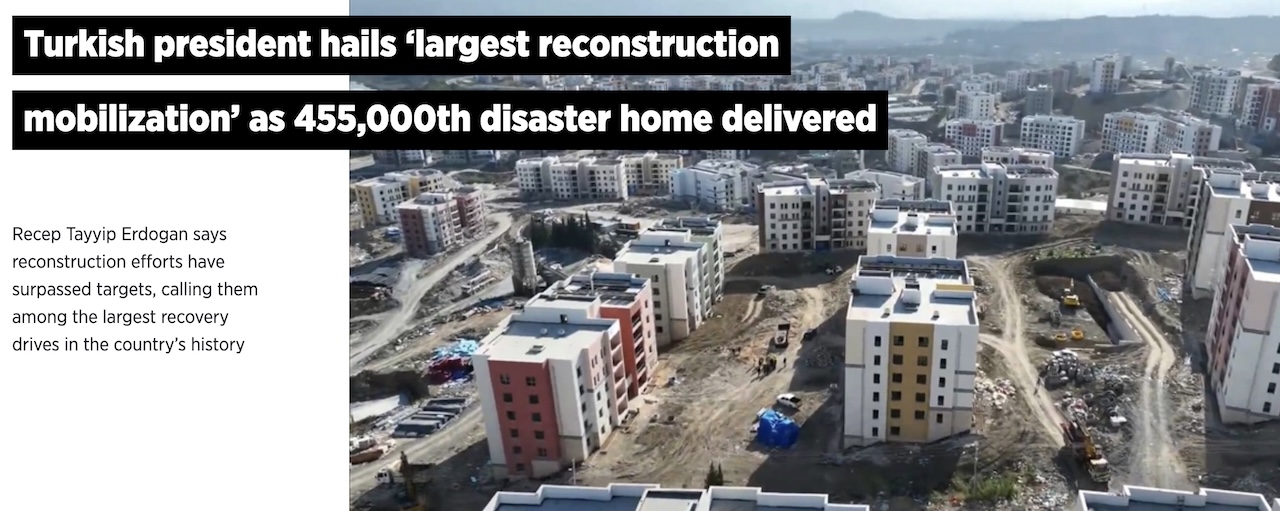
Türkiye delivered the 455,000th disaster housing unit to earthquake survivors
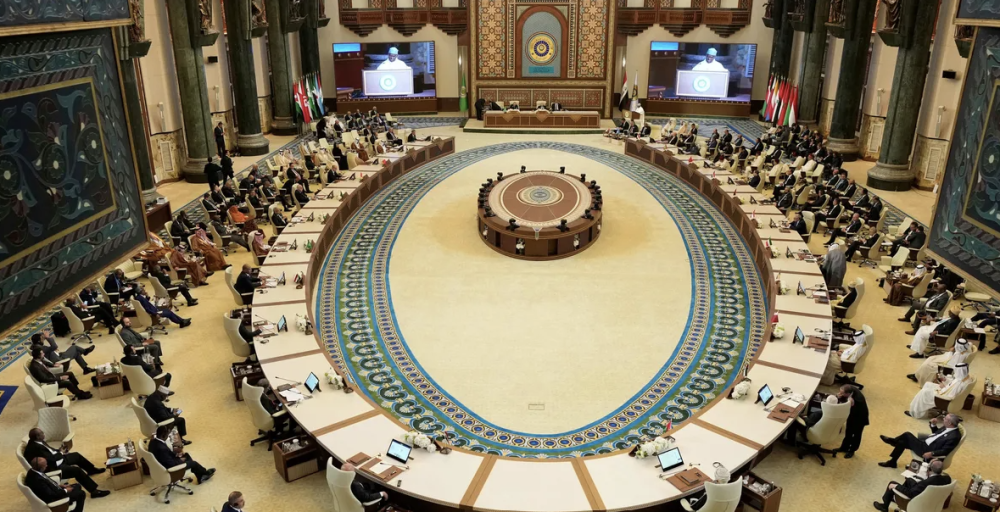
31 Arab, Muslim countries condemn Netanyahu's 'Greater Israel' goals

“Love in Scutari” Continues to Attract International Literary Attention
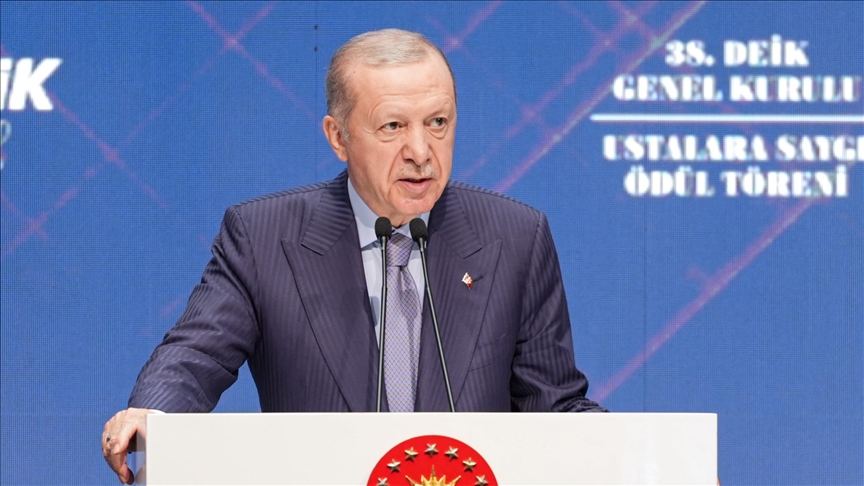
Geopolitical risks that began with Gaza genocide escalated by Israel’s regional attacks: Turkish president
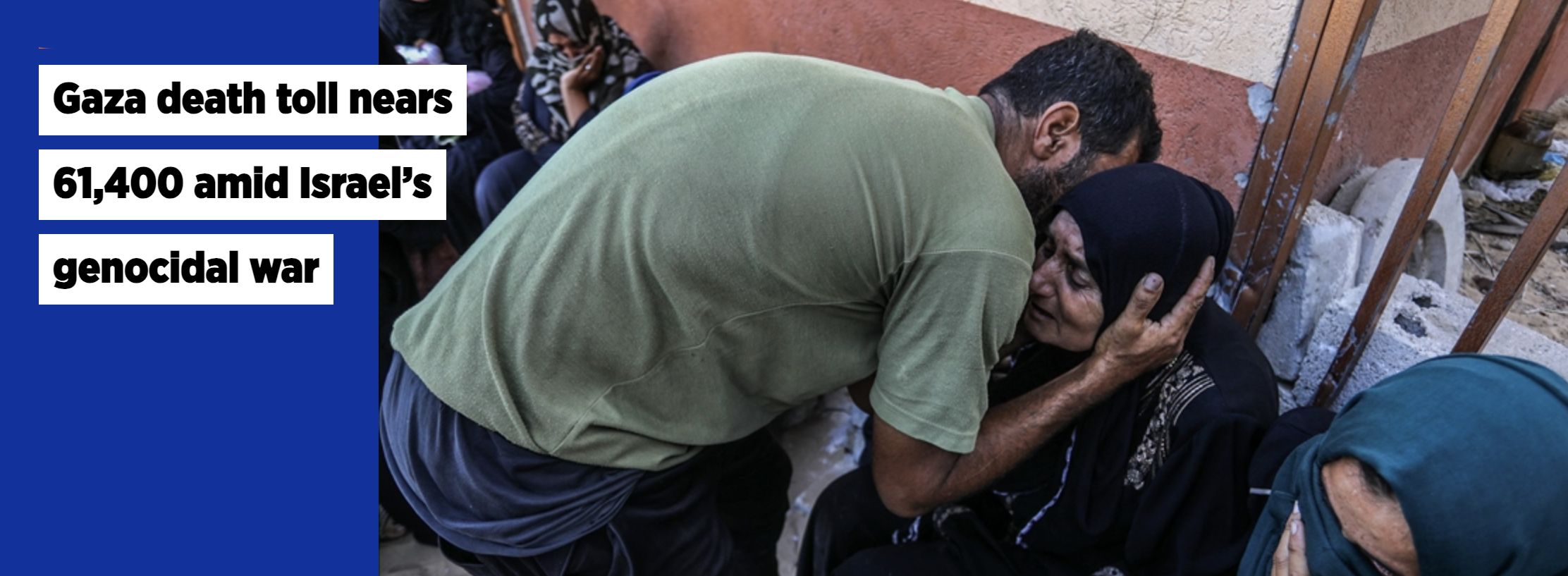
Gaza death toll nears 61,400 amid Israel’s genocidal war
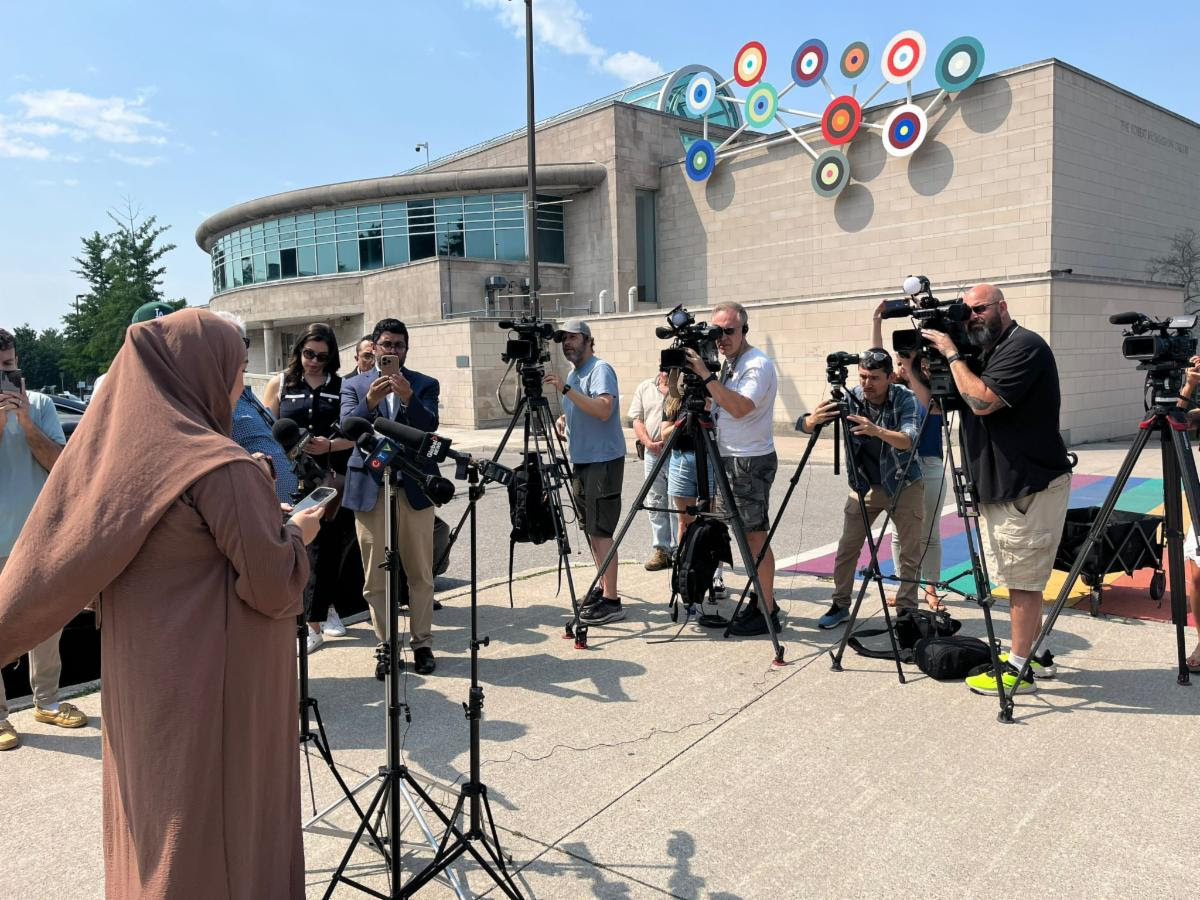
A Rise of Islamophobia in Canada

Turkish Technology Professionals from Around the World Meet on the TurkTechDiaspora Platform

Gaza death toll nears 53,300 as Israel continues its genocidal war
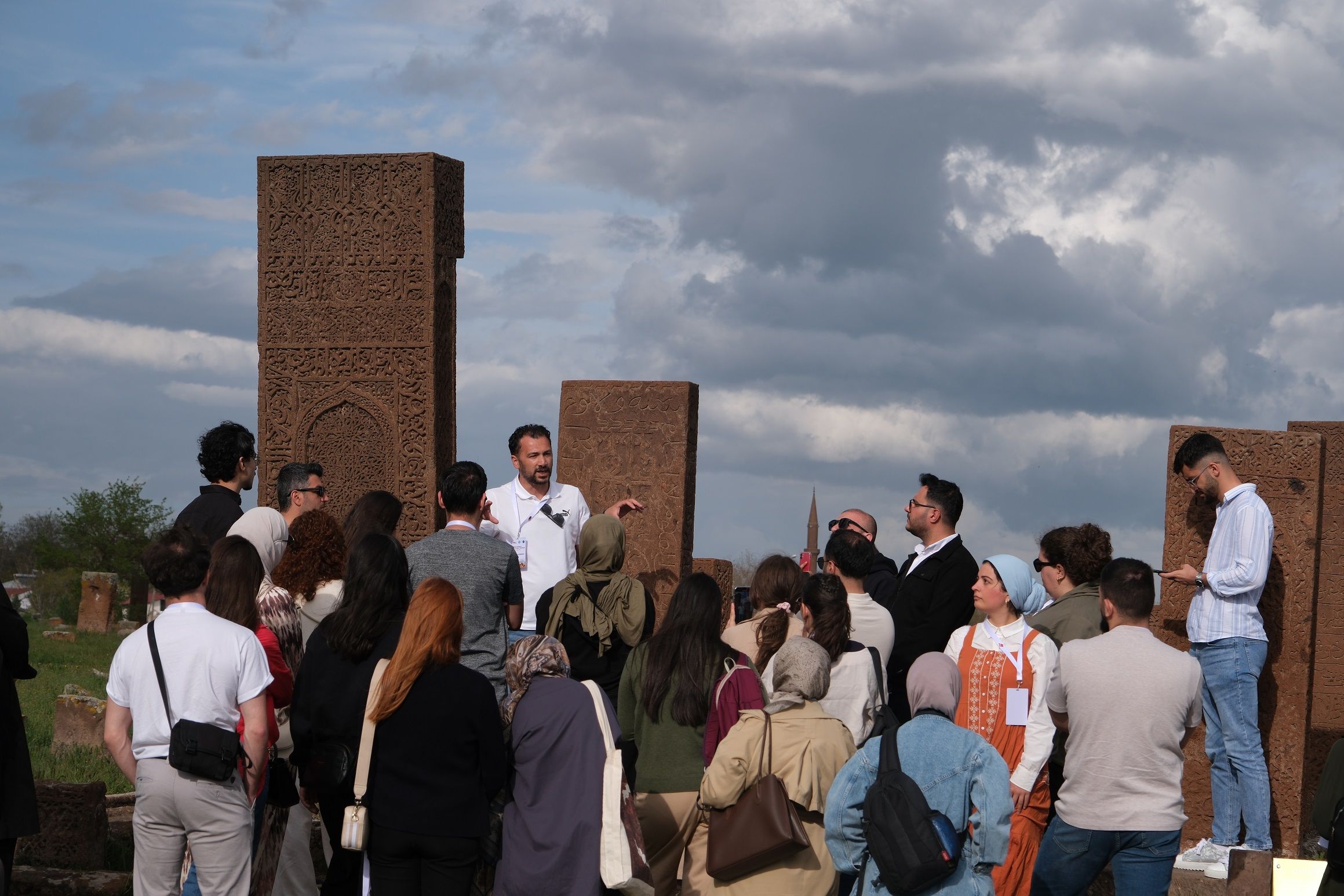
YTB sheds light on the Armenian issue in the shadow of historical sites

Police warn of 'distraction thefts' targeting Muslim community
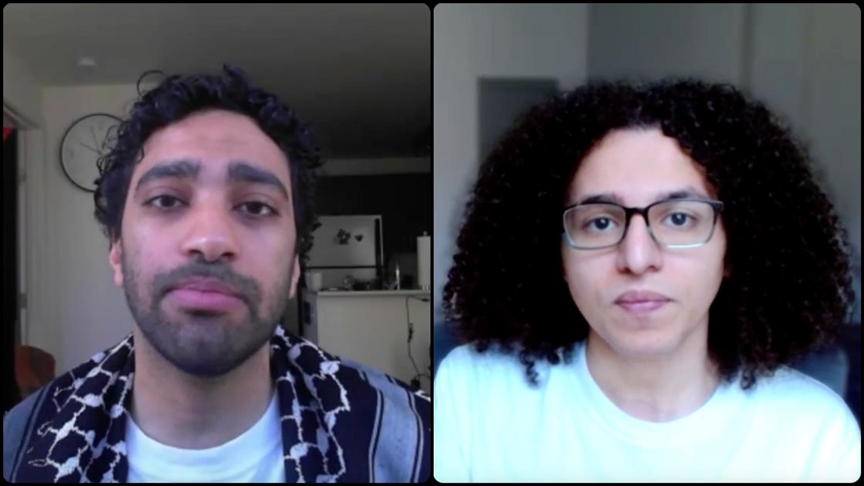
Fired Microsoft employees accuse company of enabling Israel’s attacks on Gaza
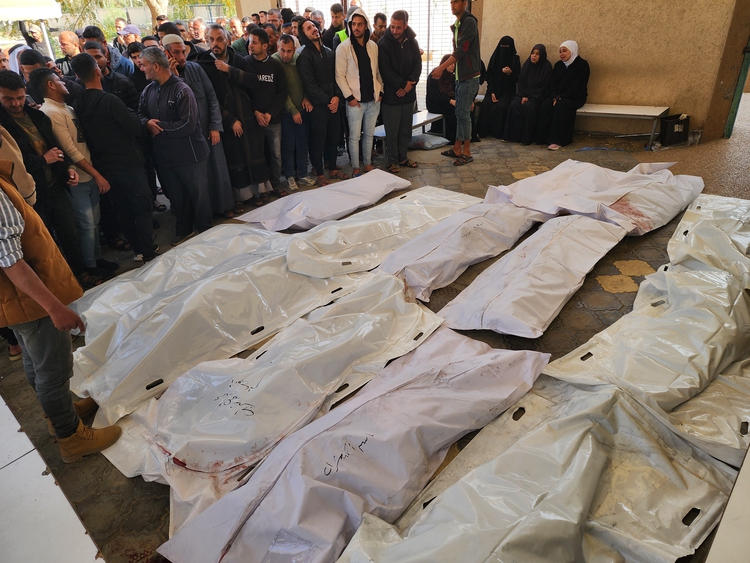
Gaza death toll tops 51,100 as Israeli army kills 92 more Palestinians
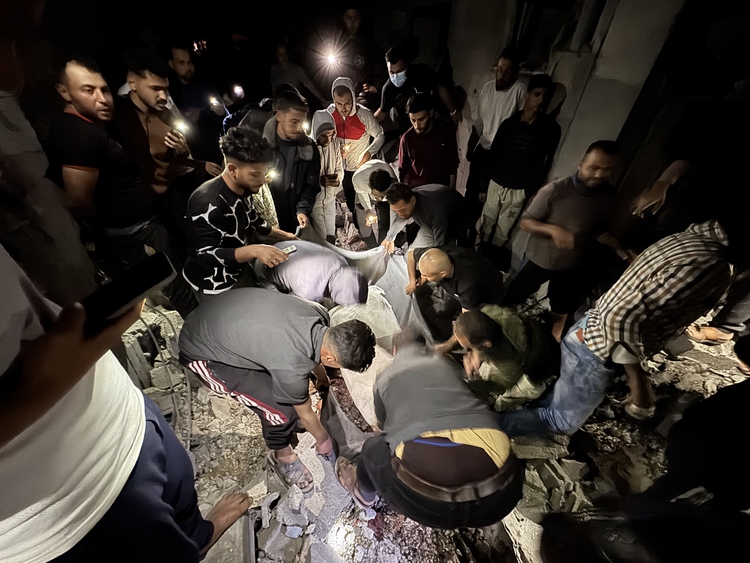
Gaza death toll passes 50,500 mark amid ceaseless Israeli attacks
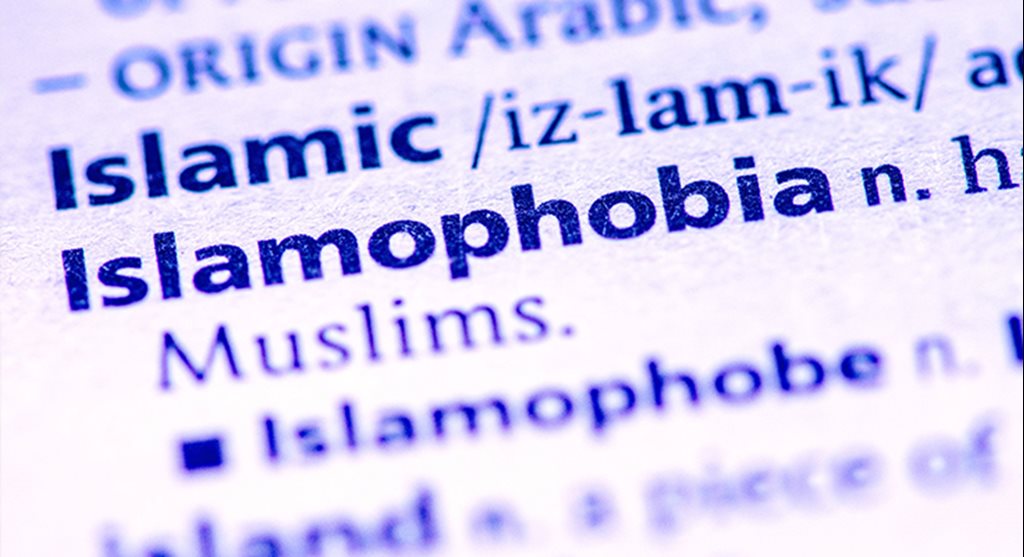
Islamophobia and anti-Palestinian racism in Canada higher than after 9/11, warns expert


